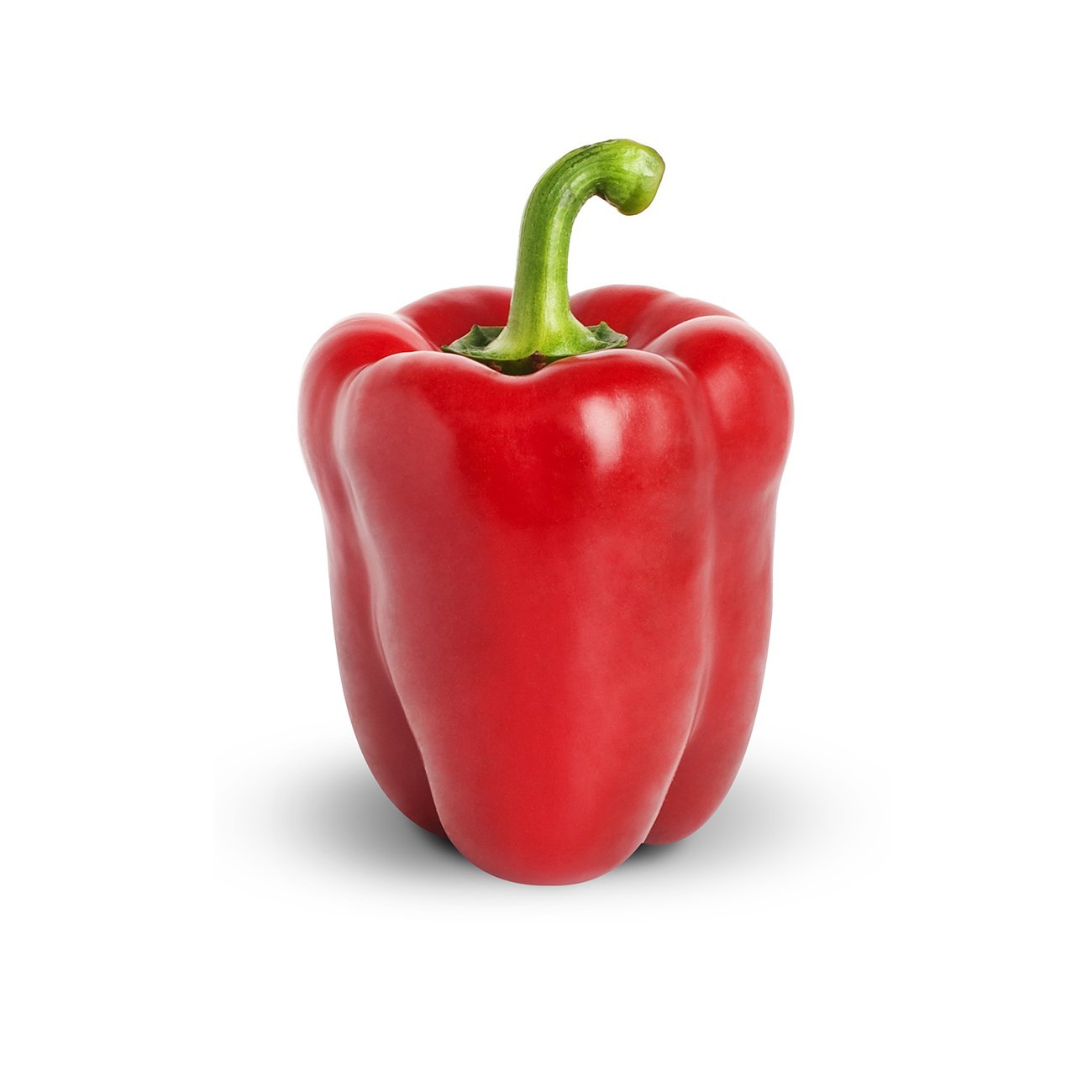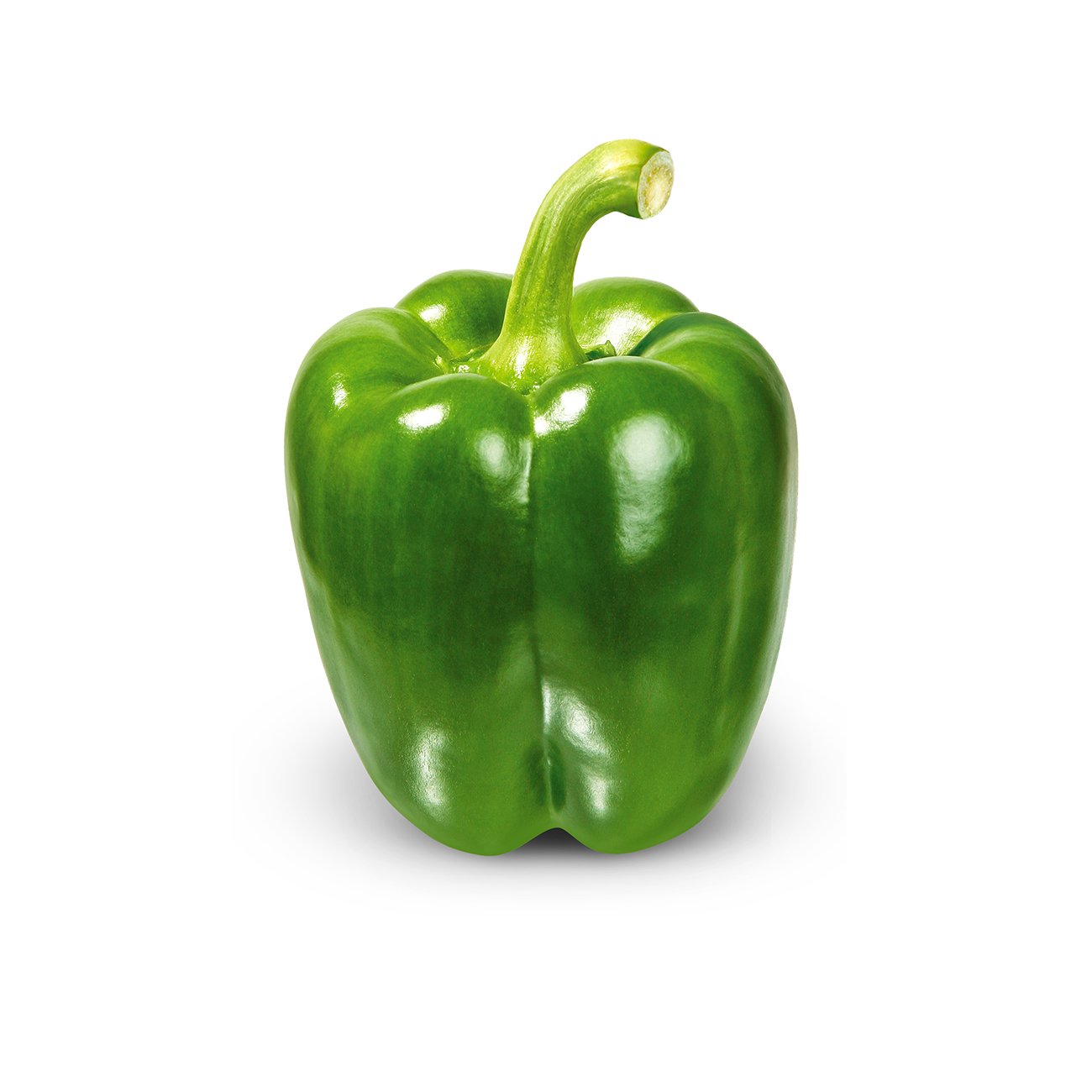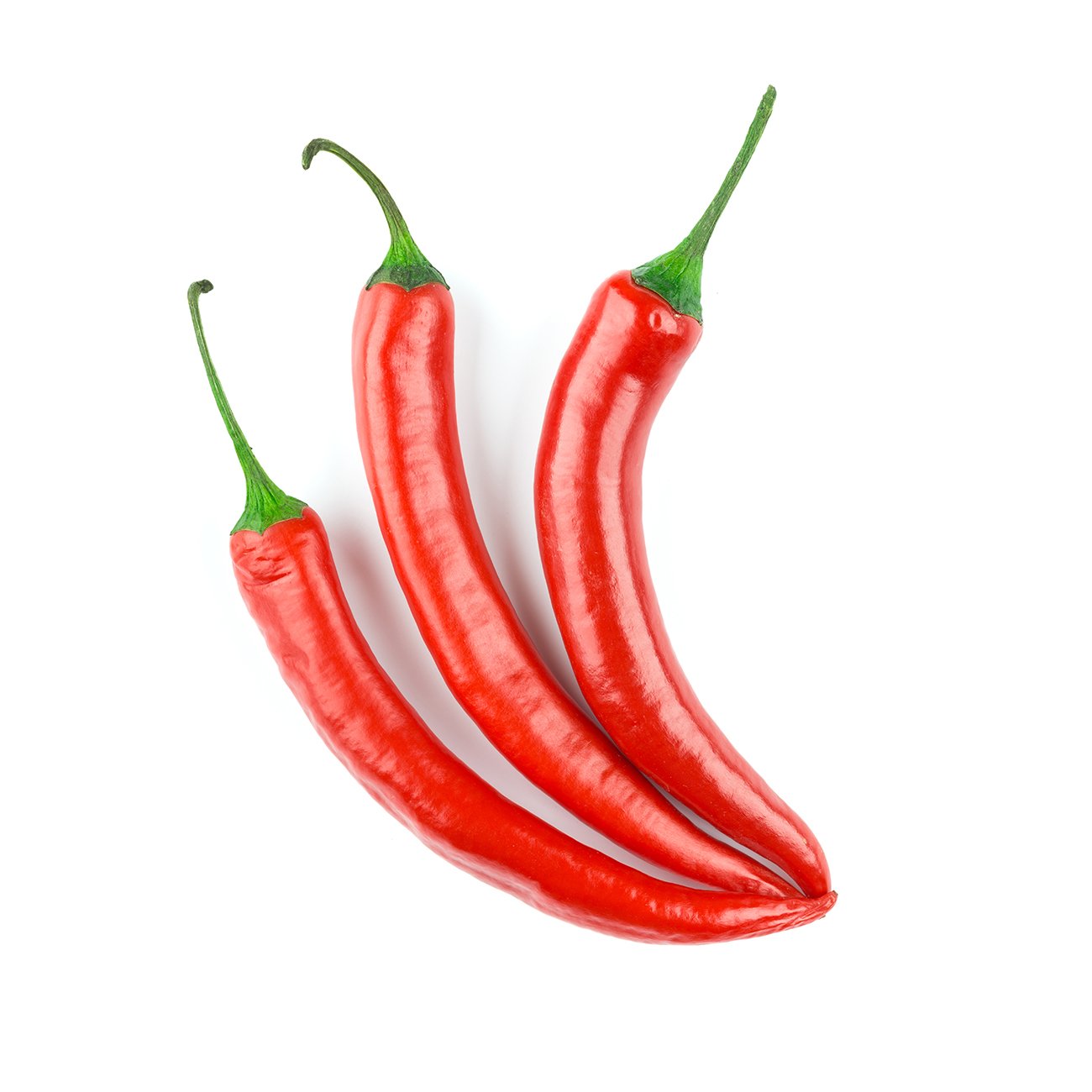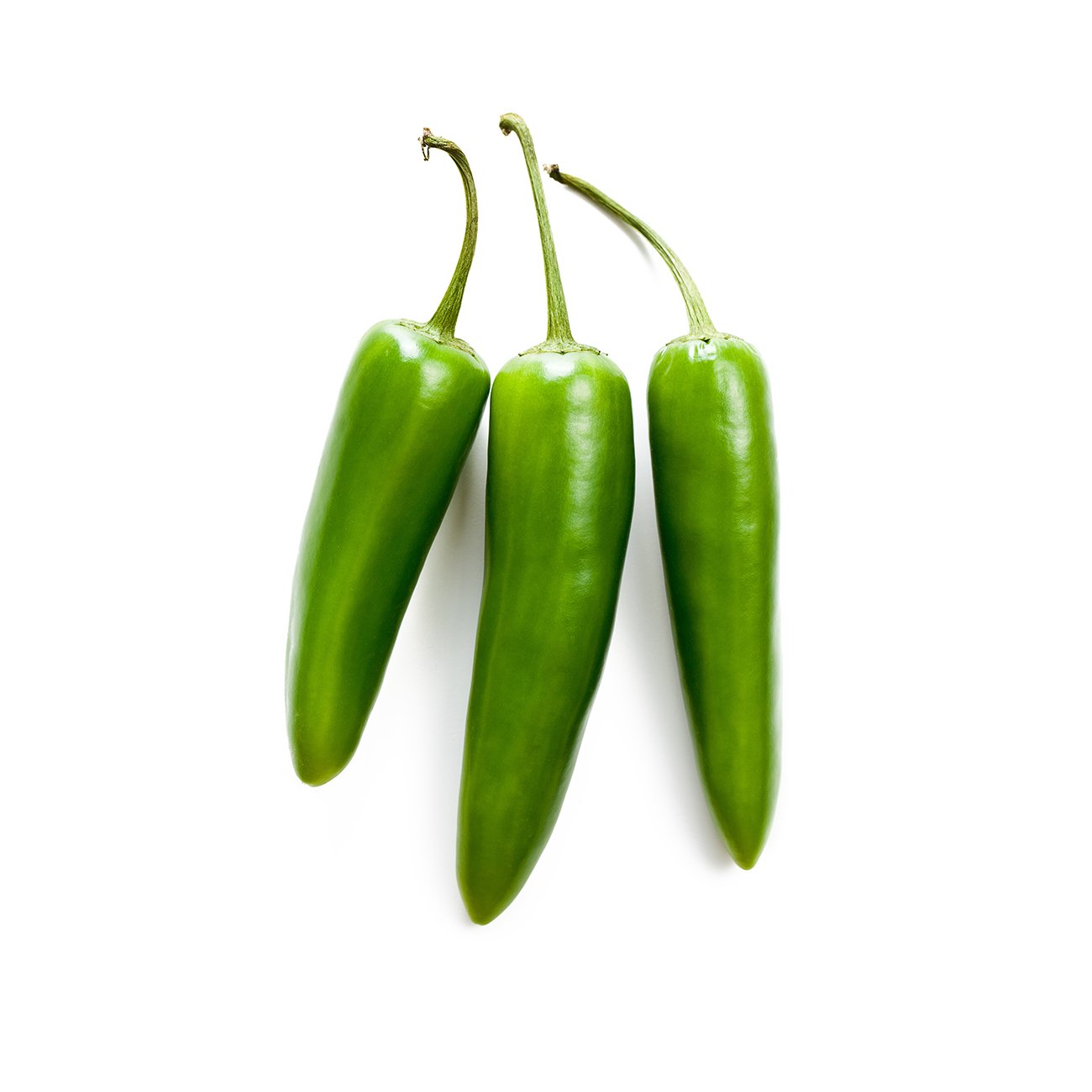Capsicum, red
The sweetest variety of capsicum.
Alternative Name
Bell pepper, sweet pepper, sweet capsicum, red pepper
Scientific Name
Capsicum annuum
Health benefits
Red capsicum—known in other parts of the world as a bell pepper—has crisp, shiny, moist flesh, hollow with a seeded core. Red capsicums are usually the sweetest of the different coloured varieties. Capsicums belong to the Solanaceae (nightshade) family, which also includes potatoes, tomatoes and eggplants.
-
Harvesting
Maturity indices for capsicum relate to size, firmness and colour. Fruit should be firm with a uniform shape, size and colour typical of the variety. They should be free from defects such as cracks, decay and sunburn. Blossom end rot occurs as a slight discolouration or a severe dark sunken lesion; it is caused by temporary insufficiencies of calcium due to water stress and may occur under high temperature conditions when they are rapidly growing.Postharvest storage temperature
Capsicums should be cooled as soon as possible to reduce water loss. Fruit stored above 7.5°C suffer greater water loss and shrivel. Storage at 7.5°C is best for maximum shelf-life (3–5 weeks); they can be stored at 5°C for 2 weeks and although this reduces water loss, chilling injury will begin to appear after that period. Symptoms include pitting, decay, discolouration of the seed cavity, softening without water loss. Ripe or coloured capsicums are less chilling sensitive than green peppers.Controlled atmosphere storage
Capsicums generally do not respond to modified atmospheres, although high CO2 atmospheres (>5%) can cause damage, especially if stored below 10°C.Ethylene sensitivity
Capsicums respond very little to ethylene.Humidity storage
Store at >95% relative humidity. Firmness is directly related to water loss and packaging is important to maintain a high relative humidity.Disease & infection
The most common causes of decay are Botrytis, Alternaria, and soft rots of fungal and bacterial origin. This is minimised with good hygiene and temperature controlled storage. -
Do not peel. Remove seeds and core before use. Store in vegetable drawer of fridge.
Nutrition information
| Qty per serve | % RDI per serve | Qty per 100g | |
|---|---|---|---|
| Energy | 80 kJ | 1% | 106 kJ |
| Protein | 1.1 g | 2% | 1.5 g |
| Fat, total | 0.2 g | 0% | 0.2 g |
| – saturated | 0 g | 0% | 0 g |
| Carbohydrate | 2.6 g | 1% | 3.5 g |
| – sugars | 2.6 g | 3% | 3.5 g |
| Dietary fibre, total | 1.4 g | 5% | 1.8 g |
| Sodium | 2 mg | 0% | 2 mg |
| Folate | 45 µg | 23% RDI | 60 µg |
| Vitamin A (from carotenoids) | 161 µg RE | 22% RDI | 215 µg RE |
| Vitamin B6 | 0.23 mg | 14% RDI | 0.30 mg |
| Vitamin C | 114 mg | 285% RDI | 152 mg |
| Vitamin E | 3.0 mg | 30% RDI | 4.0 mg |
Note: % RDI are based on an average adult diet of 8700 kJ. Your daily intakes may be higher or lower depending on your energy needs. RDI = Recommended Dietary Intake; ESADDI = Estimated Safe and Adequate Daily Dietary Intake.

You might also like
Veggy tip
Eat red capsicum raw or use a dry-heat cooking method such as stir-frying or roasting, as opposed to boiling and steaming, to retain nutrients.



